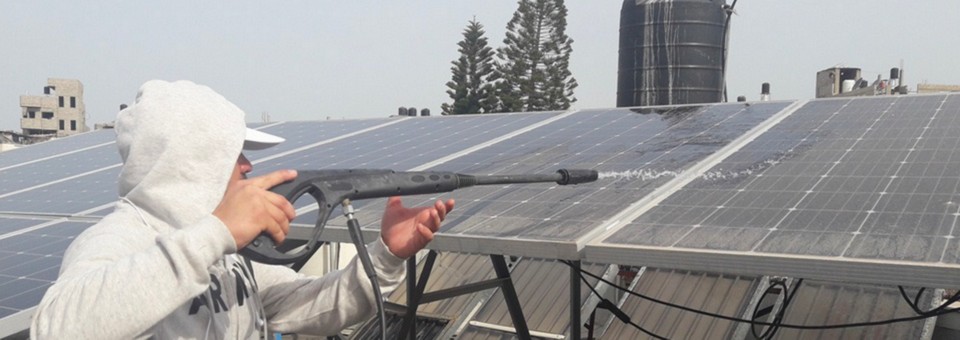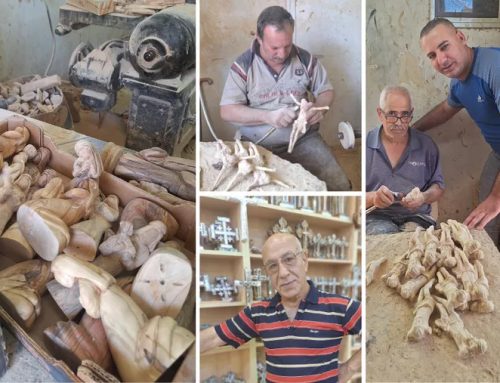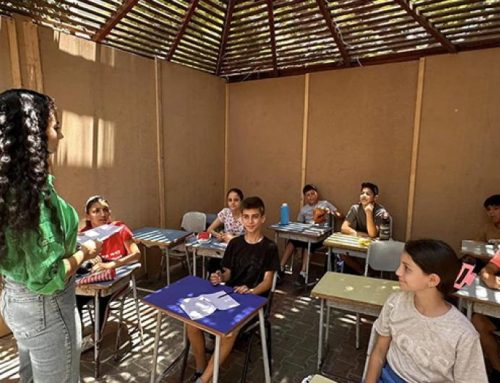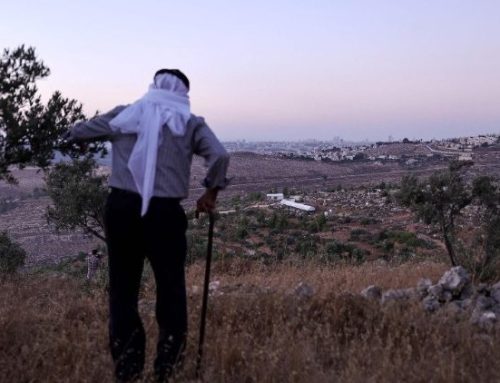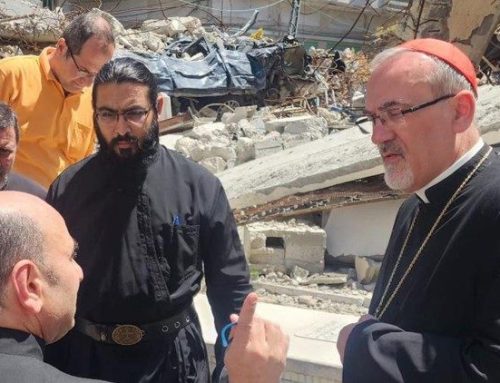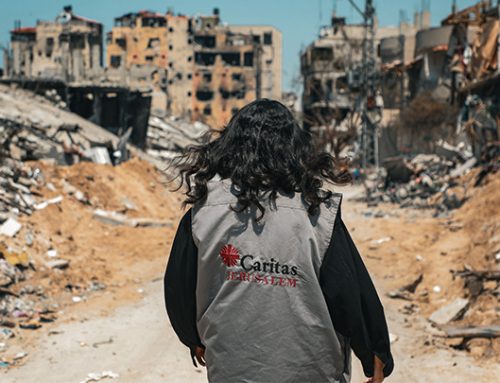GAZA – Under Israeli blockade for more than a decade, Gazans try to survive despite difficult economic conditions, limited access to safe drinking water and poor supplies of basic necessities, especially energy. To fill the gap in electricity, they are starting to turn towards solar energy, booming in a region that enjoys strong sunlight, an average of three hundred and twenty days per year.
Three to four hours a day is the regular power supply being provided to 1.6 million Palestinians living in the Gaza Strip. There are three sources of electricity in Gaza – Israeli electricity, Egyptian one and the local power station – but they provide less than half of the electricity needs of the population, resulting in a continuing electricity deficit. Furthermore, daily grid outages last more than fifteen hours and affect hospitals, schools as well as water treatment factories. Without electricity, the school environment is particularly affected – especially in winter. In addition to very cold temperatures in classrooms, teachers teach in the dark, students cannot read and have to do their homework by candlelight. Students in Christian schools are not always spared.
Because of this persistent shortage, solar energy appears as a relevant alternative, despite the cost of its installation. This is why the Latin Patriarchate decided to take the initiative and work in improving the situation in the El-Zaitoun compound. It promotes a system of solar panels that can store solar energy in batteries for use during power outages. The system will provide power to offset the grid power whenever the sun is shining and will even send excess power to the grid for credit for later use. This system is ideal for Gaza, where grid connections are not always accessible and electricity power goes off almost 20 hours a day.
In reality, it is closer to an improvement of a system already installed by the Latin Patriarchate in 2016. A new Photovoltaic On Grid System (100 KWP) was installed in the compound. It included adjusting and modifying all existing electrical distribution boards inside the compound, installing new shaded area for the convertor units, excavation of new ground trenches… The electrical power generated could then be earned or sold. This project resulted in offsetting electricity bills and reducing environmental impact. Unfortunately, this system only operated on grid and was therefore of no use in the event of a grid outage. This is why the Latin Patriarchate has chosen to upgrade the existing system in order for it to work day and night.
This project is part of the Patriarchate Masterplan for Christians in Gaza. It shall improve the living conditions of students and parishioners, as well as of the two communities of nuns living in El-Zaitoun. Knowing that electricity works in a sustainable way provides them with an island of certainty in an area prone to blackouts and brownouts. This project is also part of the Solar Initiative for Palestine, which aims to get 10% of electricity from renewable sources by 2020. It also promotes clean energy.
Vinciane J.
Source: Latin Patriarchate of Jerusalem

